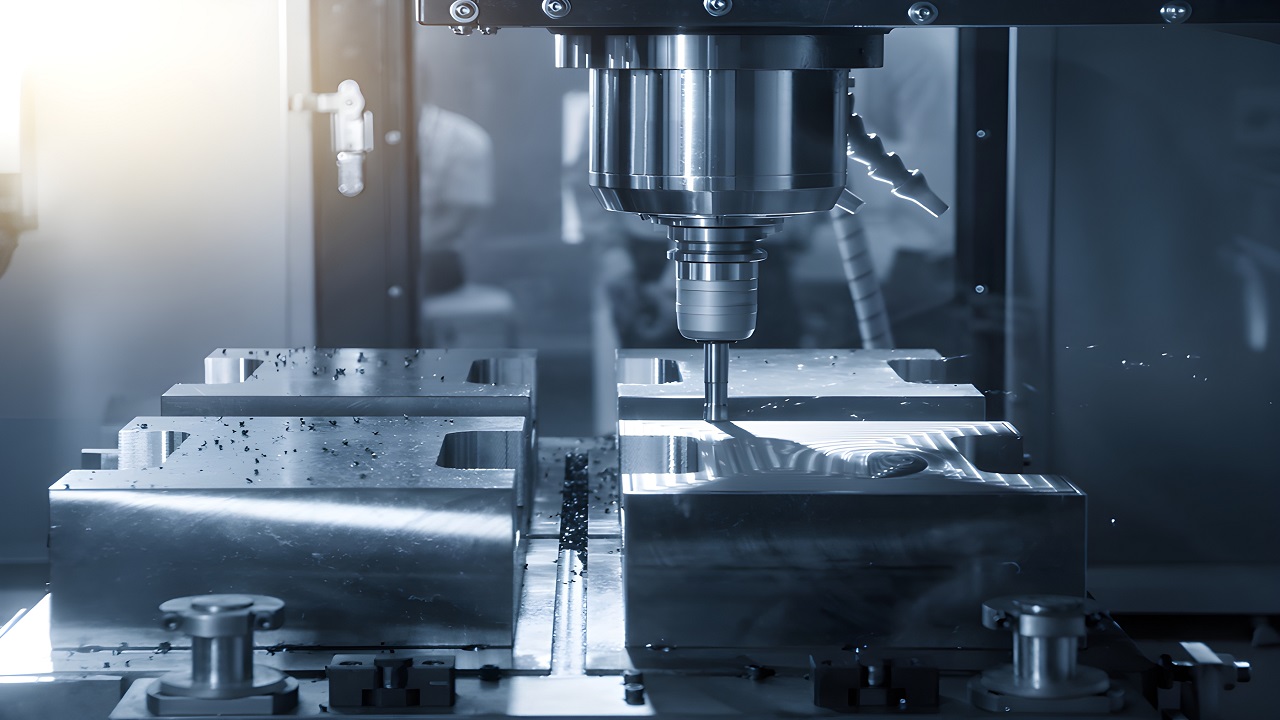In the fast-paced world of product development, innovation and efficiency are key to success. One of the game-changing technologies that has revolutionized the product development process is rapid prototyping, and AN-Prototype is at the forefront of this transformative approach. AN-Prototype’s rapid prototyping method allows engineers and designers to quickly transform their ideas into physical prototypes for testing and evaluation. This article explores the significant benefits of AN-Prototype’s rapid prototyping services in product development.
Iterative Design and Faster Development
Rapid prototyping enables iterative design processes, which are essential for refining and improving a product. Traditional manufacturing methods can be time-consuming, with long lead times for tooling and molds. In contrast, rapid prototyping techniques like 3D printing, CNC machining, and injection molding can produce prototypes within days or even hours. This rapid turnaround allows designers to make adjustments and improvements quickly, reducing the time it takes to bring a product to market.
Cost-Effective Testing
Testing is a critical phase in product development, but traditional prototyping methods can be costly. Rapid prototyping provides a cost-effective way to create functional prototypes for testing and validation. By identifying design flaws and potential issues early in the development process, companies can avoid costly revisions and modifications later on. This cost-saving benefit is especially valuable for startups and small businesses.
Design for Manufacturability (DFM) Analysis
Many rapid prototyping services offer Design for Manufacturability (DFM) analysis as part of their process. DFM analysis helps designers and engineers optimize their designs for efficient manufacturing. This proactive approach minimizes production issues, reduces waste, and ensures that the final product can be manufactured at scale without problems. It leads to higher quality and more cost-effective manufacturing processes.
Customization and Low-Volume Production
Rapid prototyping offers the flexibility to produce custom parts and low-volume batches with ease. It is invaluable for niche markets, specialized products, or testing a new product’s reception in the market. Traditional manufacturing methods often have high setup costs, making them impractical for small production runs. Rapid prototyping allows businesses to test the waters without committing to large-scale production.
Collaboration and Communication
Clear communication between designers, engineers, and stakeholders is crucial in product development. Rapid prototypes serve as tangible communication tools that everyone can understand. They bridge the gap between technical specifications and real-world expectations, making it easier for cross-functional teams to collaborate effectively and make informed decisions.
Reduced Risk and Enhanced Innovation
Rapid prototyping reduces the risk associated with product development. By quickly creating prototypes, businesses can test novel concepts and innovative ideas without making substantial investments upfront. It encourages a culture of innovation, where teams are more willing to explore new possibilities and take calculated risks, ultimately driving forward the development of cutting-edge products.
Conclusion
In the ever-evolving landscape of product development, rapid prototyping has emerged as a transformative technology. Its benefits extend far beyond the speed of production, encompassing cost savings, risk reduction, and enhanced innovation. By facilitating iterative design, enabling cost-effective testing, and promoting collaboration, rapid prototyping empowers businesses to bring high-quality products to market faster and more efficiently. As the product development industry continues to evolve, embracing the advantages of rapid prototyping will become increasingly crucial for staying competitive and innovative.
